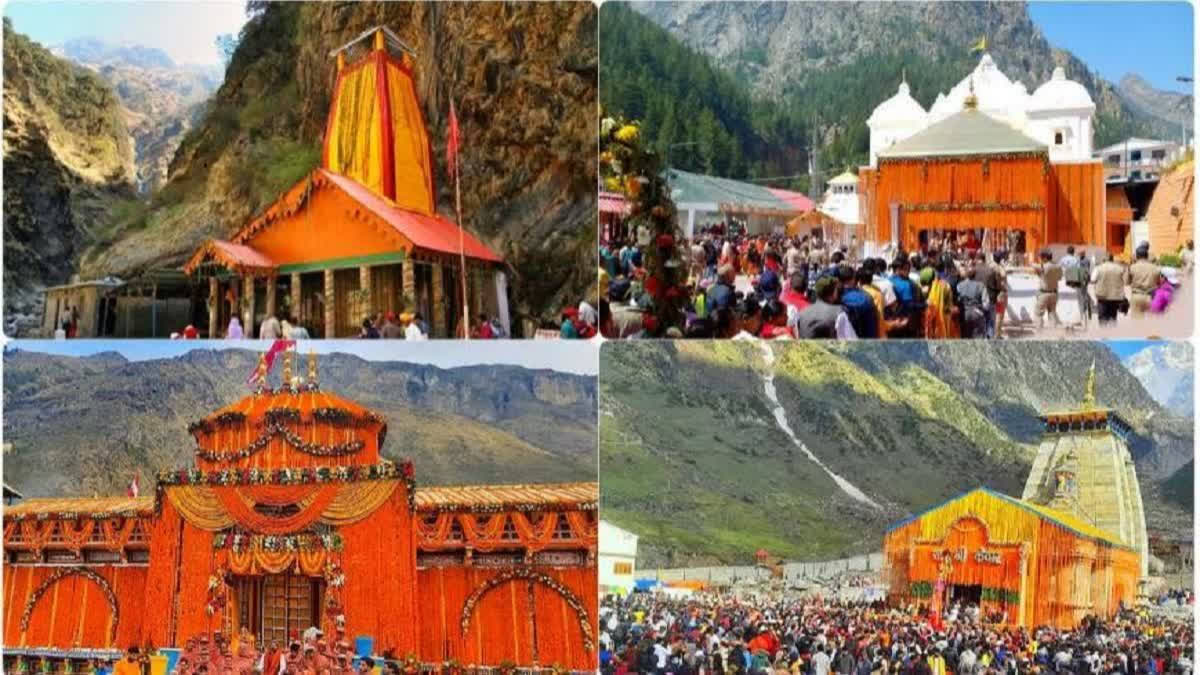Dehradun: As reports of record-shattering influx of devotees in all the four shrines- Kedarnath, Badrinath, Gangotri and Yamunotri, during the annual Char Dham Yatra pilgrimage in Uttarakhand comes to light, eyebrows have raised as to whether enough facilities were in place to manage the massive rush or studies were conducted to assess resources for the same.
Environmentalists and citizens have raised concerns as the carrying capacity of these shrines has been on a steady hike with each passing year. According to the data provided by Dehradun based organisation ‘Social development for communities foundation’ (SDC), 47,000 pilgrims travelled to Char Dham Yatra in 2022, and this number increased to 54,000 in 2023.
The number of pilgrims registered this year is beyond imagination. Since the beginning of the yatra on May 10, as many as 27 lakh pilgrims have already registered in the state.
This unprecedented influx has caused harm to the environment with pilgrims leaving behind a significant amount of garbage, particularly plastic bags and wrappers, dirtying the environment. As per data, Kedarnath produces 1.5-2 tonnes of waste per day, with around 160 kg being plastic waste. Badrinath generates 2.5-3 tonnes of waste while Gangotri produces 4 tonnes of waste and Yamunotri produces less than one tonne of waste per day.
When asked about conducting a proper study to asses the upper limit of the carrying capacity, Garhwal Commissioner said it is unfortunate that a proper study has yet not been conducted to determine the facilities needed to manage the bearing capacity.
Dr Ranjit Kumar Sinha, Secretary, Uttarakhand Disaster Management Department, said that work is underway on two parameters to reduce the risk of disaster in small cities and towns. "However, rhe first factor is to calculate the bearing capacity and then move forward to figure out the extent to which heavy construction work can be carried our on the land," he added.
Unfortunately, no study has been conducted by the Tourism Department regarding the facilities, and the number of people that can be accomodated in the four Dhams. A Joint Committee appointed by the national green tribunal (NGT) in January 2023 has come up with several recommendations for protecting the environment here.
It is imperative that state officials, citizens, and environmentalists work together to protect Uttarakhand's fragile ecosystem and conserve its biodiversity. Prioritising environmental preservation coupled with pilgrimage management is urgently needed in the hilly region.
Read More:
- Char Dham Yatra: Uttarakhand Govt Postpones 'VIP Darshan' Till May 31
- Gujarat Devotee Dies Of Heart Attack During Chardham Yatra; Death Toll Rises To Five
